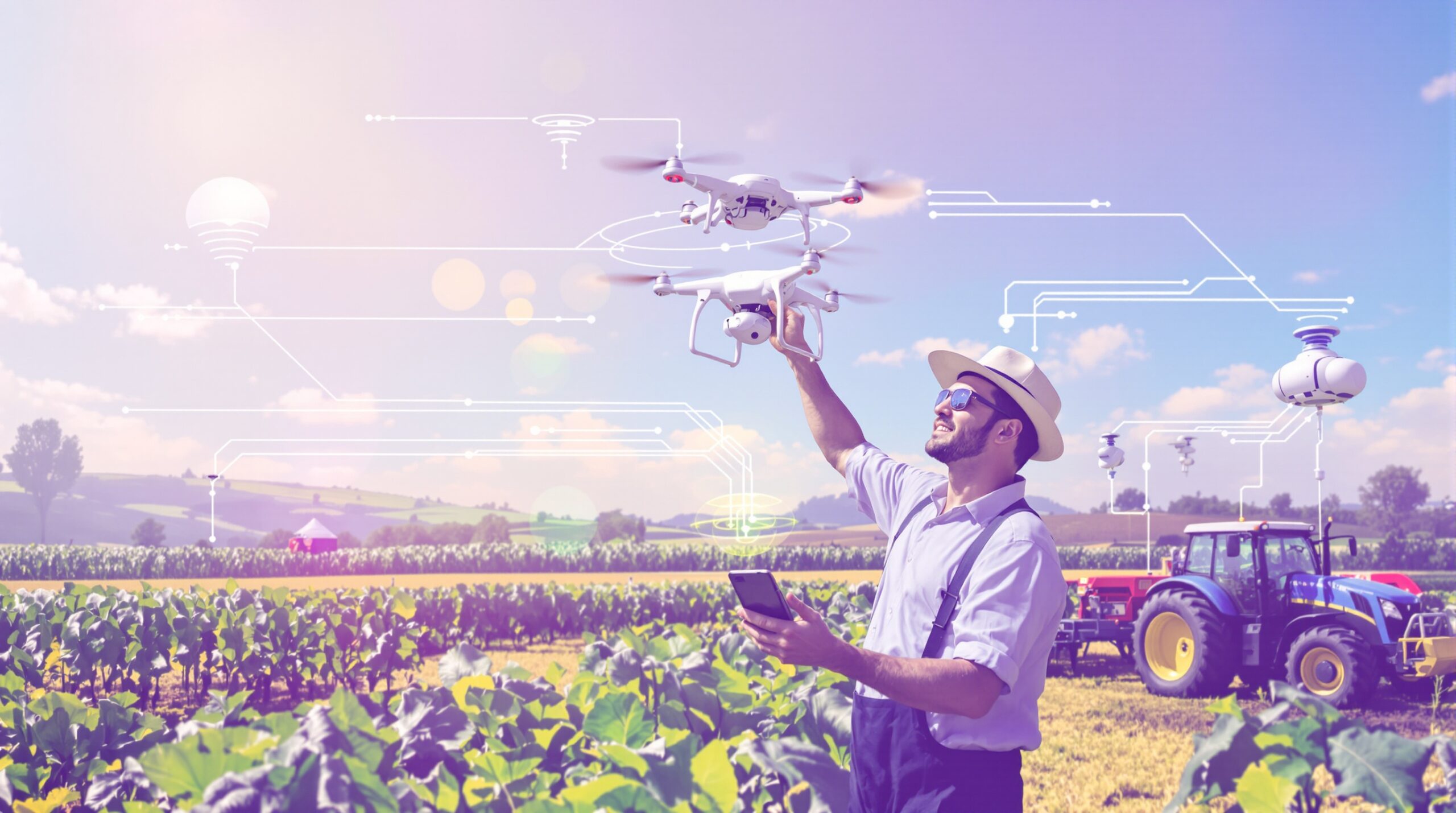Artificial Intelligence (AI) has emerged as a powerful tool in the agricultural sector. Farmers across the globe are embracing smart technology for more efficient and sustainable production. The impact of AI on farming touches nearly every stage of the agricultural process, from soil preparation to harvest.
Precision Agriculture Optimizes Resources
Precision agriculture relies on data-driven insights to manage fields with remarkable accuracy. AI allows farmers to analyze weather, soil, and crop data to ensure better resource use. Sensors and drones collect real-time data, which AI algorithms process to identify areas needing attention. This targeted approach reduces waste, conserves water, and maximizes yield for every acre.
Advanced mapping tools powered by AI help farmers determine the exact quantity of seeds, fertilizers, and pesticides needed. By only applying what is necessary, farmers save money and protect the environment. The immediate feedback loop created by AI systems also allows for rapid responses to changing conditions. This ensures optimal plant health and growth throughout the season.
Streamlining Machinery and Automation
Modern farm machinery now features advanced AI-driven technology. Self-driving tractors and harvesters use real-time data and GPS to navigate large fields efficiently. These machines adjust speed and route based on field conditions, reducing fuel consumption and labor costs.
Robotic equipment powered by AI can perform tasks such as planting, weeding, and harvesting with precision. These automated systems work even in challenging conditions where human labor would struggle. As a result, farmers can manage larger fields with fewer workers, responding quickly to labor shortages and rising costs.
Enhancing Crop Management with AI
Monitoring crops throughout their life cycle is vital to successful farming. AI technology analyzes satellite images and drone footage to detect plant stress, pests, or disease outbreaks. Early detection allows for rapid intervention, saving crops and reducing the likelihood of large-scale losses.
AI-driven prediction models offer accurate harvest forecasts based on weather, soil conditions, and plant health. With these insights, farmers can plan logistics and market their crops more effectively. Smarter decision-making directly improves profitability and food security in agricultural communities.
AI-Assisted Pest and Disease Control
Traditional pest and disease management often involves blanket pesticide application. AI enables targeted intervention by identifying hotspots through image recognition and environmental data. This approach minimizes chemical use, protects beneficial insects, and ensures consumer safety by reducing pesticide residues on food.
Machine learning models continuously update as new data becomes available. Over time, these systems become more accurate at predicting outbreaks and recommending treatments. Farmers see healthier crops and higher yields with much lower chemical input.
Improving Livestock Care and Management
AI technology helps livestock farmers monitor animal health and behavior. Wearable sensors and cameras collect data about individual animals in real-time. The system flags anomalies such as unusual movement, feeding patterns, or temperature changes. Early alerts allow farmers to provide medical attention before an illness spreads through the herd.
Precision feeding systems use AI to create customized diets for each animal. This improves growth rates and reduces waste. By optimizing feed mixes, farmers improve environmental impact and reduce costs at the same time.
Climate Adaptation and Sustainability
Climate change presents major challenges for traditional agriculture. AI technology helps farmers adapt to unpredictable weather and shifting growing conditions. Algorithms analyze historical climate data and current environmental trends to recommend resilient crop varieties and planting schedules.
AI also assists with water management. Advanced sensors track soil moisture in real-time, triggering irrigation only when necessary. This approach both conserves water and prevents crop damage from overwatering. As climate volatility increases, such technology will become essential for long-term agricultural sustainability.
Boosting Efficiency and Reducing Labor Dependence
Many farmers face labor shortages, particularly during peak planting and harvest periods. AI-powered automation steps in to address this gap by performing repetitive tasks with high speed and accuracy. Machines driven by AI are resilient to harsh weather and long hours, working consistently without fatigue.
By streamlining operations, farmers can focus on higher-level management and innovation. Businesses relying on AI see improved efficiency, reduced costs, and more predictable outcomes. This technology helps farmers compete in global markets and manage increasing operational complexity.
Challenges and Barriers to Adoption
Despite clear benefits, some farmers face barriers to adopting AI technology. High upfront costs deter smaller operations with limited budgets. There is also a learning curve associated with implementing and maintaining sophisticated technology on the farm.
Data privacy is another concern, especially with cloud-based platforms handling sensitive farm information. Farmers must carefully select service providers and understand data usage policies to protect themselves. Governments, cooperatives, and the private sector are working together to make AI technology more accessible and user-friendly.
Looking Toward the Future
AI’s influence on agriculture continues to grow as new solutions become available. Emerging technologies such as blockchain for traceability and Internet of Things (IoT) devices integrate seamlessly with AI-powered platforms. Together, these innovations will further boost transparency, sustainability, and productivity for farms worldwide.
As artificial intelligence evolves, it will offer even greater support for decision-making and risk management. Collaboration between researchers, governments, and farmers will ensure these tools match real-world challenges. The integration of AI will help to feed the world’s growing population while preserving natural resources for future generations.
Conclusion
AI technology is revolutionizing farming by optimizing every aspect of agricultural production. With better data, advanced automation, and intelligent decision-making tools, traditional practices are transforming. Farmers adopting AI gain greater efficiency, improved sustainability, and higher resilience in an uncertain climate. This global shift promises a brighter, more productive future for agriculture.

